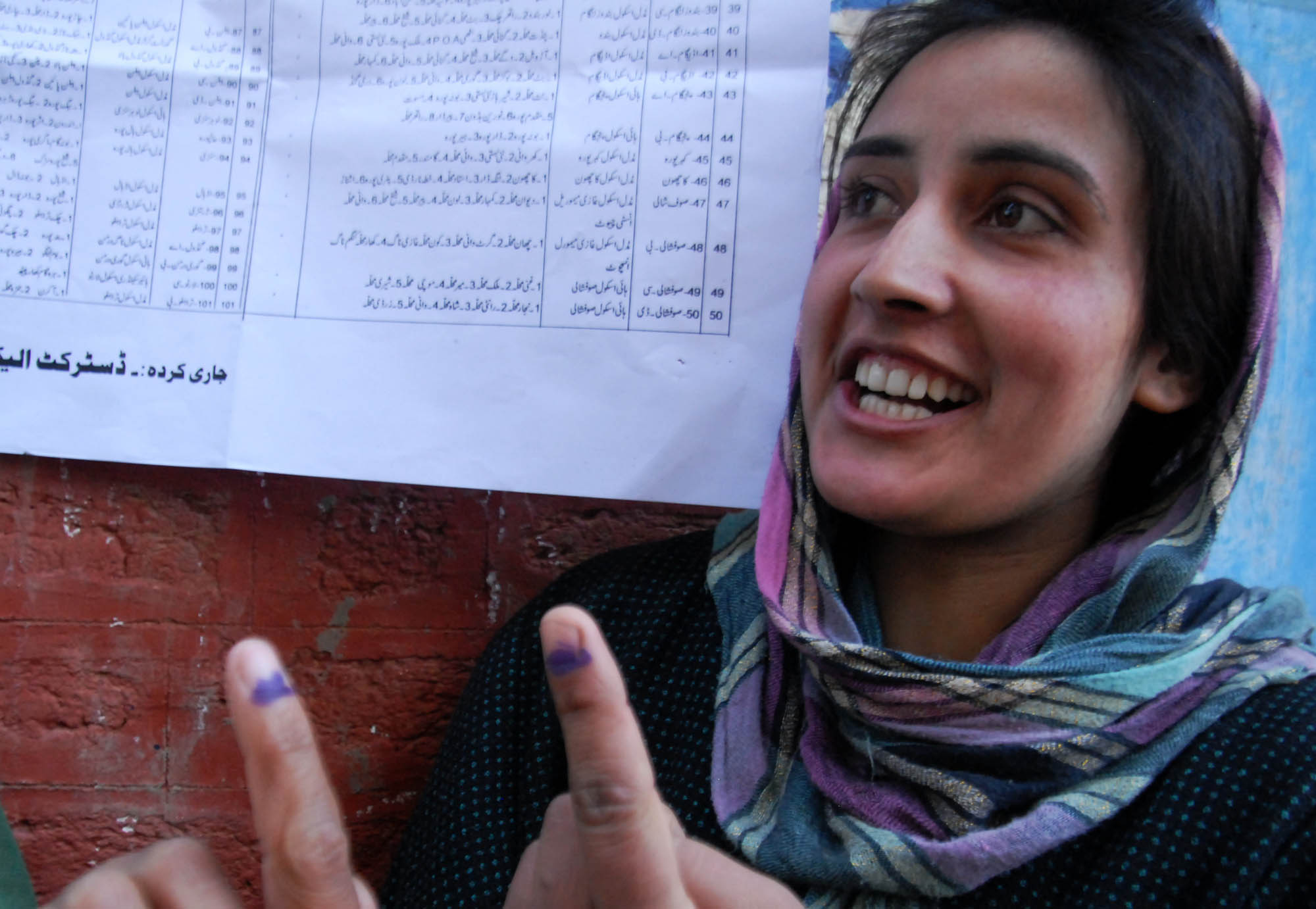By the middle of November, J&K will have block development councils in place and with this the second tier of Panchayat Raj system will be functional. Notifications have already been issued for the elections which will be over by the first week. It will offer the first peephole into the overall political landscape of the state as the parties will no more remain apolitical at this level. At various places in north Kashmir and part of south Kashmir where most Panchs and Sarpanches have resigned, it may not offer any result at all. Though these Panchs have made their resignations public, the government has been insisting that they have not accepted these resignations because they were announced in distress.
This will eventually leave the district development board that sits at the pyramid of the system for the next exercise. It is this tier of the system that has apparently divided the coalition and other political parties in the unionist camp. As the subsequent developments over the controversy have shown, it was more of an effort to play to the galleries.
No law, especially if it falls in the state list, or any amendment to the constitution of India, cannot be directly implemented in J&K because it has its own constitution. Though most of the functionality of the autonomous systems in place have been diluted or devoured completely, extension of any central law has to follow an alternative course – copy it, go to the state legislature, manage its passage and it is a reality.
Those championing the cause of 73rd and 74th amendment know it all but having an integrationist agenda, they had to plead it the way they did. They had to address their constituencies in Delhi and in the state. Once that was over, they eventually are in agreement with the regional parties, the NC and the PDP, that the spirit of those amendments need to be incorporated in the state Panchayat law, which, in certain cases, envisages better and improved systems, but lacks legitimacy at the apex of the pyramid – the district development board.
J&K wants to retain the set up it has at the district level. It would nominate the minister that will preside over the district development board. The elected panch that the district will elect, the government says, will be a co-chairman. Though this will help the state government to manage a fine balance between the two systems – the assembly and the Panchayat, this will defeat the spirit of the PRS. The better option is to have a clear demarcation between law and policy making (assembly) and the grassroot level development. Initially, there will be hiccups and teething problems – the lawmakers are unwilling to share power and authority with PRS. But in the long run, it will create its own space and function.











